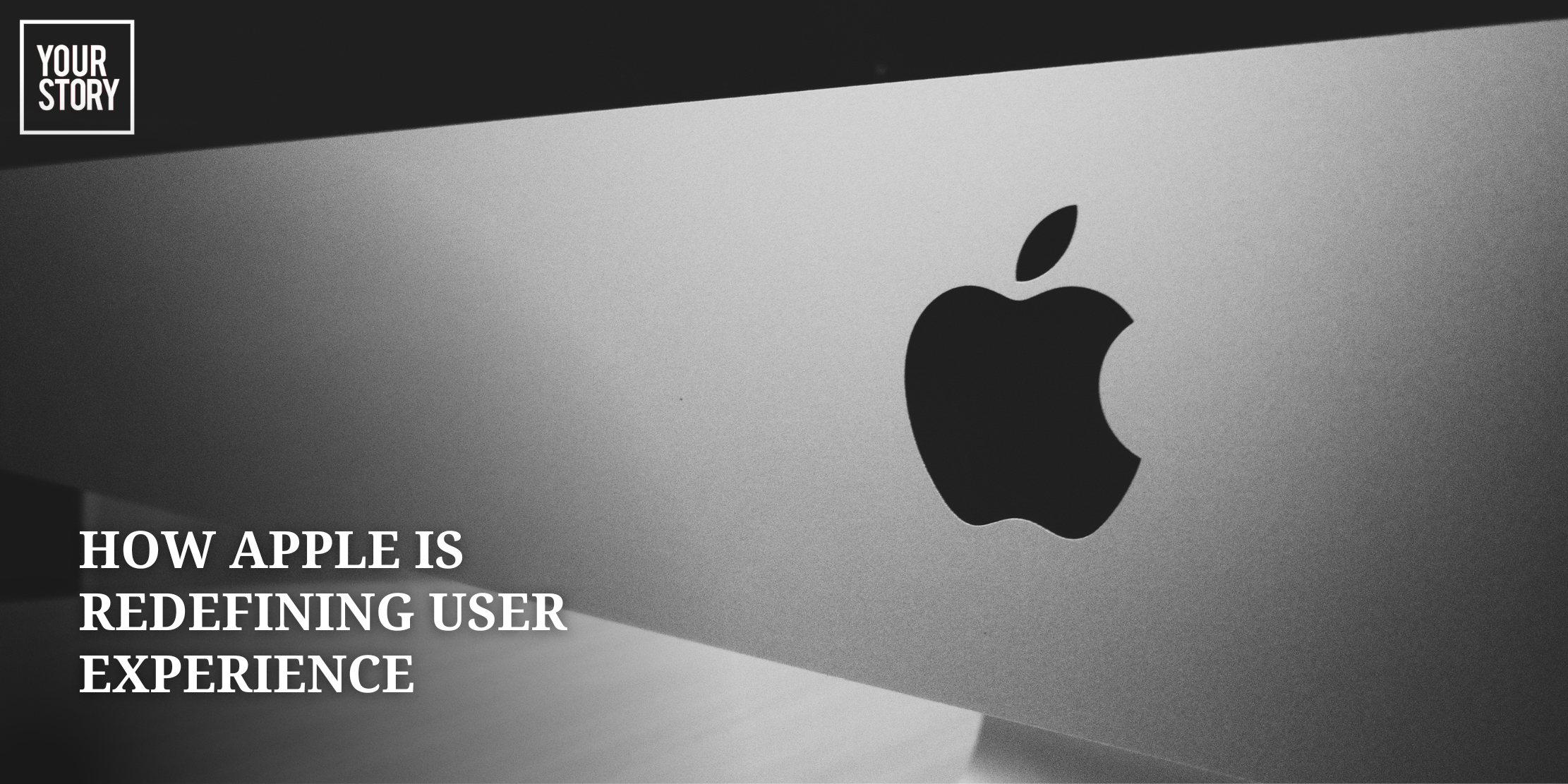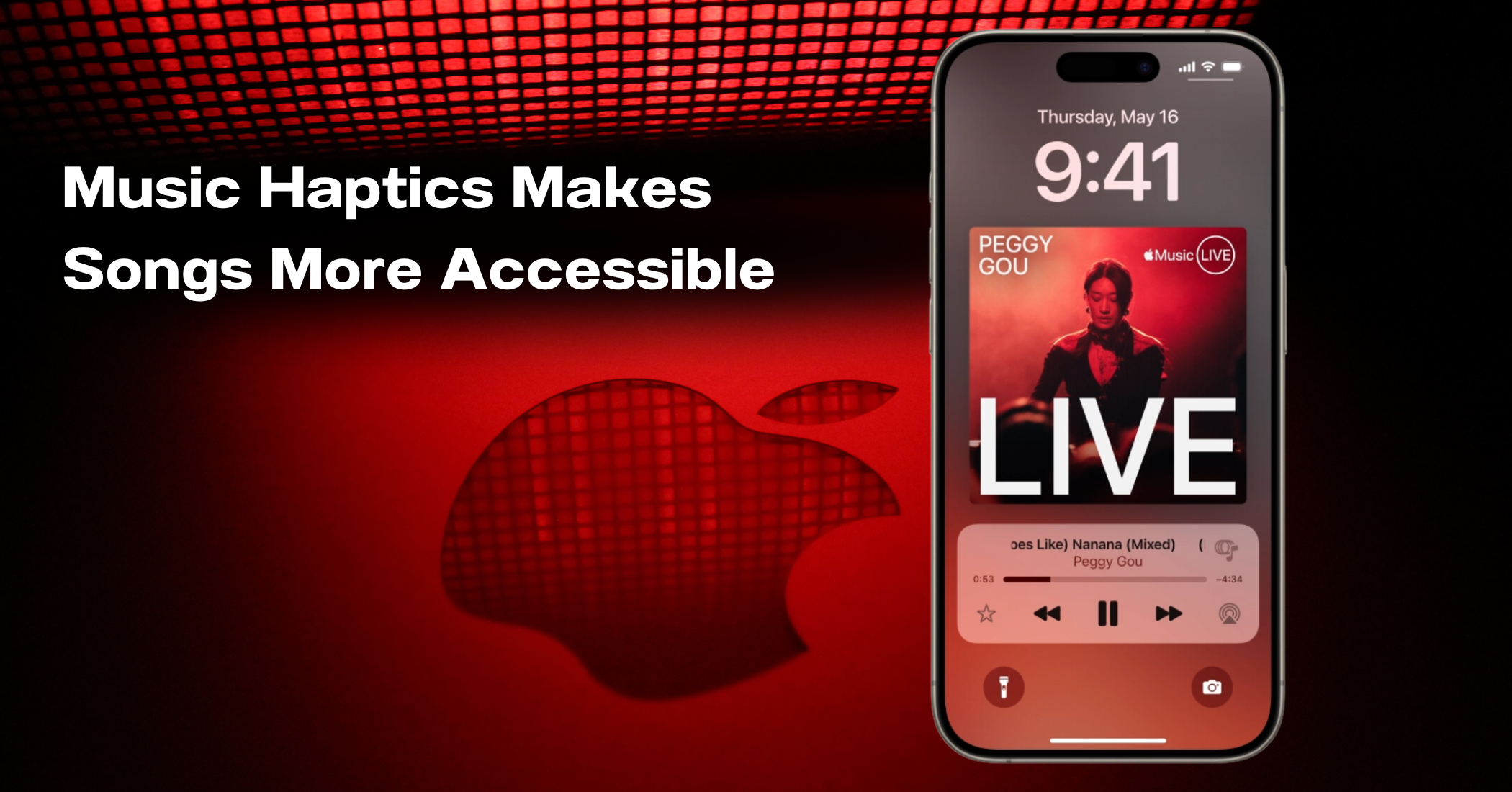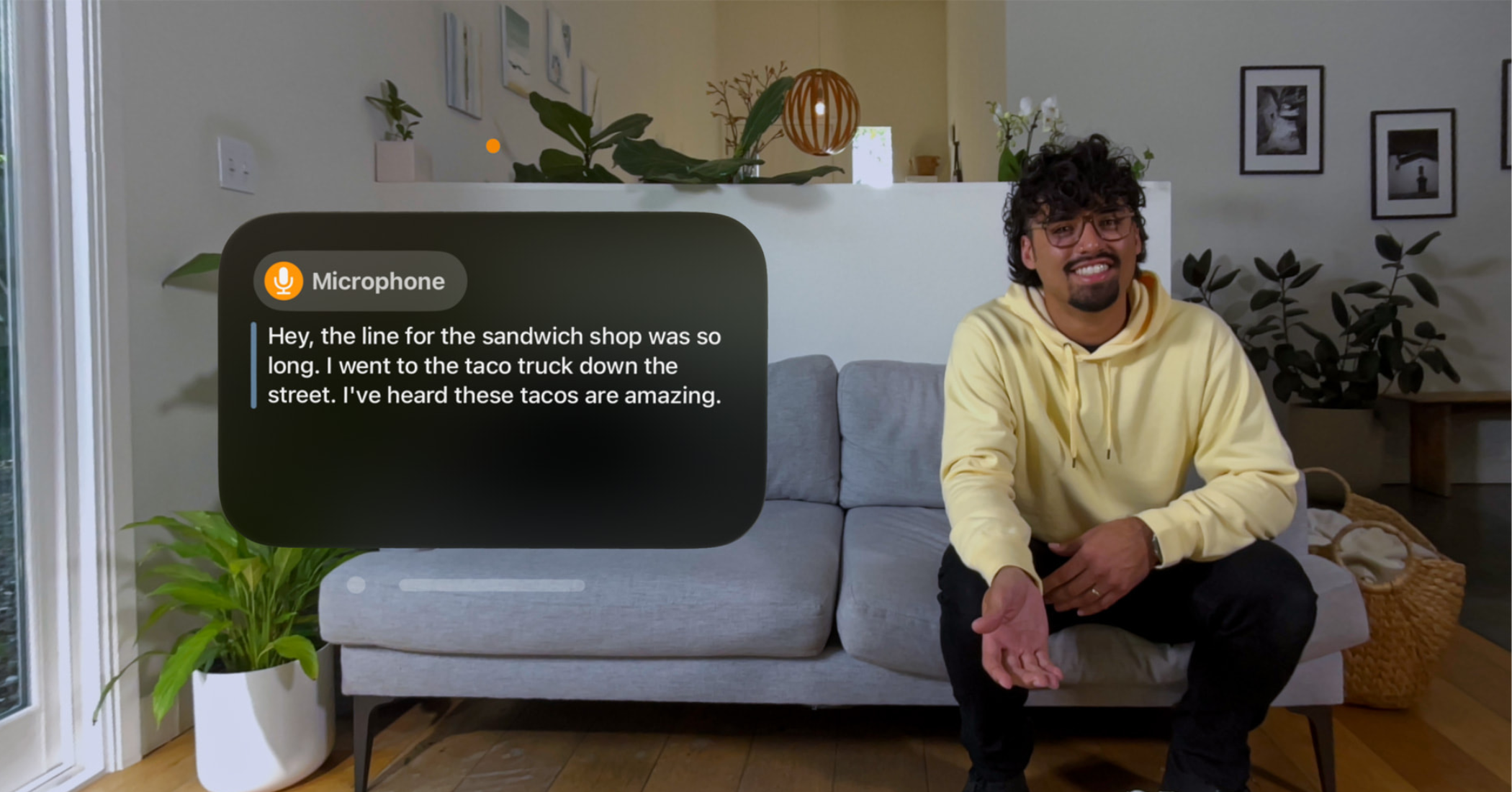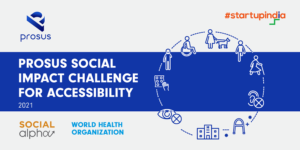
Apple has consistently been at the forefront of technological innovation, introducing pioneering features that have transformed the way we interact with devices. From the launch of the first iPhone in 2007, which revolutionised the smartphone industry, to the introduction of Face ID in 2017, Apple has continually pushed the boundaries of what’s possible.
The Apple Watch, released in 2015, brought health monitoring to the wrists of millions, and features like ECG and blood oxygen monitoring have made significant impacts on personal health tracking. Additionally, the development of the M1 chip in 2020 marked a new era in computing performance and efficiency, setting new standards for laptops and desktops.
Continuing its tradition of innovation, Apple is now enhancing its accessibility features to make its devices even more inclusive. With the introduction of tools like Eye Tracking and Vocal Shortcuts, Apple is ensuring that everyone, regardless of their physical abilities, can fully utilise and enjoy their products. Let’s explore these exciting new features and see how they are redefining user experience.
Eye Tracking: Control with a Glance
Eye Tracking is a groundbreaking feature that allows users to control their iPads and iPhones with their eyes. Designed for people with physical disabilities, this tool uses the front-facing camera to follow eye movements, enabling users to navigate and interact with their devices hands-free. This feature can be set up quickly and keeps all data secure on the device, ensuring privacy.
Music Haptics: Feel the Beat
Music Haptics is another innovative feature aimed at users who are deaf or hard of hearing. By utilising the Taptic Engine in iPhones, Music Haptics converts audio into vibrations, allowing users to feel the music. This feature works across millions of songs in Apple Music and provides a new way to experience music through tactile feedback.

Vocal Shortcuts: Custom Commands
Vocal Shortcuts allow users to perform tasks on their iPhones and iPads by making custom sounds. This feature lets users assign specific phrases or sounds to launch shortcuts and complete complex tasks, making device control more accessible. This is particularly useful for individuals with speech impairments or those who find traditional touch controls challenging.
Vehicle Motion Cues: Easing Motion Sickness
For users who experience motion sickness, Apple has introduced Vehicle Motion Cues. This feature helps reduce sensory conflict, which often causes motion sickness. On the edges of the screen, it displays animated dots that move in sync with the vehicle. This subtle visual cue helps users comfortably use their devices while in motion.
Other Accessibility Enhancements
Apple continues to expand its suite of accessibility features. Updates to VoiceOver include new voices and customisable keyboard shortcuts, while the Magnifier tool now offers a Reader Mode. These enhancements ensure that users with vision impairments can access and enjoy Apple’s technology more effectively.
VisionOS will also offer Live Captions, allowing users with hearing disabilities to follow along with spoken dialogue in live conversations and audio from apps. This feature enhances communication and ensures that everyone can participate fully in conversations and multimedia experiences.

Apple’s commitment to accessibility is evident in its latest features, designed to make technology usable for everyone. From Eye Tracking to Music Haptics and Vocal Shortcuts, these tools are redefining user experience and making Apple devices more inclusive. As technology continues to evolve, Apple’s focus on innovative, user-friendly solutions ensures that everyone can enjoy the benefits of its products.
By incorporating these features, Apple not only enhances the usability of its devices but also underscores its dedication to creating a more inclusive digital world. Whether you have a physical disability, hearing impairment, or simply want a more personalised interaction with your device, Apple’s latest updates have something to offer.
Edited by Roshni Manghnani










